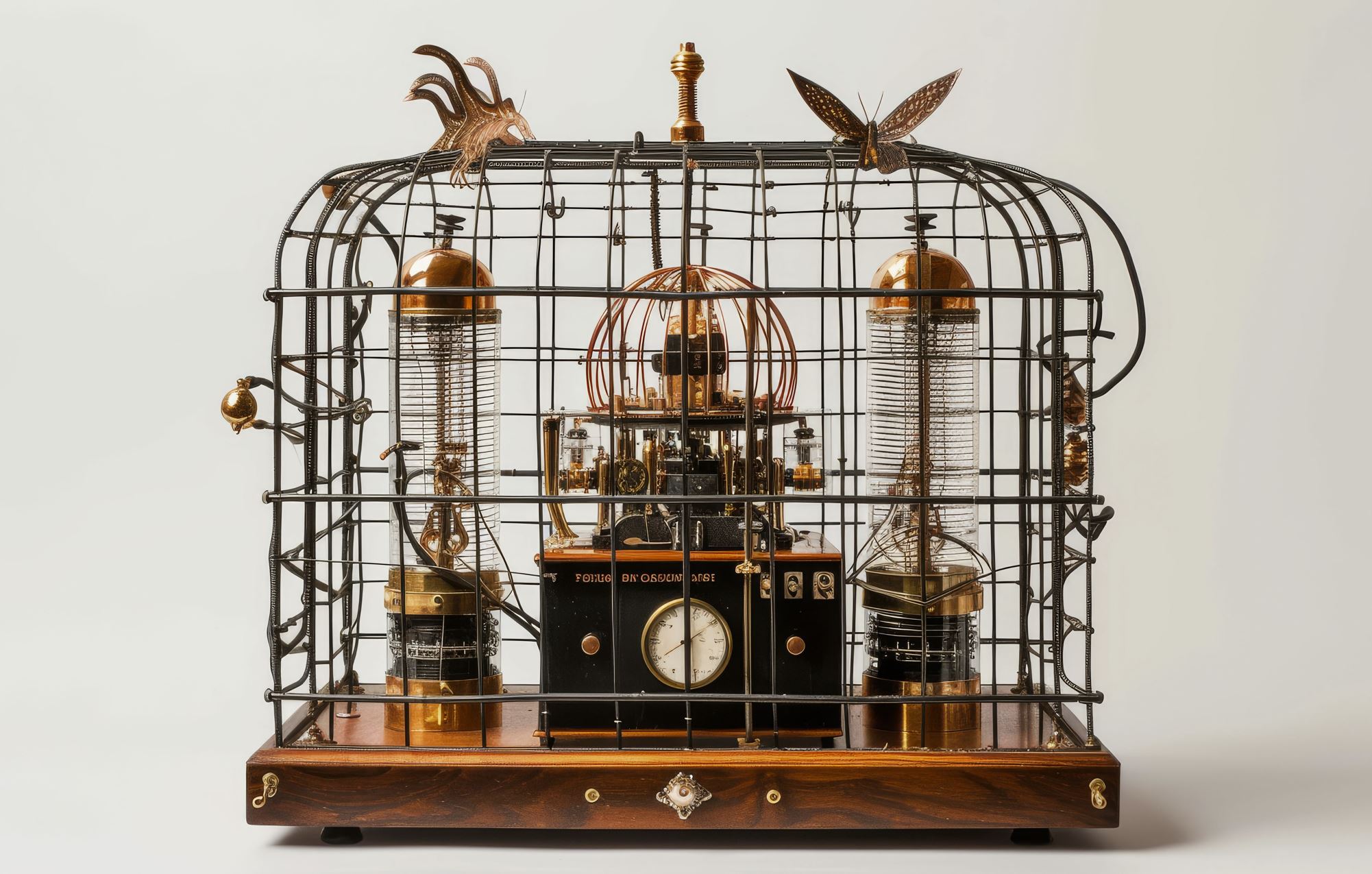EMC Question of the Day: April 1, 2024

Faraday cages were first developed in what century?
- 9th
- 19th
- 20th
- 21st
Answer
The correct answer is “a.” In 891, Alfred the Great, King of Wessex, had a problem. Waves of Danish invaders kept his armies busy far from the protection of the castle. Patrolling the coastal areas on horseback, his knights were often struck and killed by lightning. This problem was exacerbated by the fact that they carried long metal swords that were often raised in battle.
As the population of his armies dwindled, he put out a call to the wizards in his kingdom to come up with a solution. An astute wizard's apprentice named Michael Faraday had observed that birds kept in cages were never killed by lightning. He set up a series of experiments using birds in cages placed out in the open during thunderstorms. The cages were made of various materials and Faraday observed that the birds in metal cages were never killed by lightning. He concluded that metal cages were a safe haven from lightning.

Of course, placing soldiers in a metal cage greatly inhibited their ability to fight in battle. A better solution was needed. Faraday came up with the idea of a wearable cage. He sought the help of a local tailor, Frederick Armour, to develop an appropriate outfit. The result of this collaboration was a huge success that essentially eliminated the problem of lightning-induced battle losses. The "Suit of Armour" became the standard battle attire for King Alfred's knights.
Word of this innovation soon spread throughout the European continent creating a fashion trend that would last for more than 500 years. In the spring of 1582 however, the development of permanent magnets resulted in a rash of unfortunate incidents involving embarrassing notes furtively affixed to the backs of unsuspecting soldiers. The knights that were the butt of these jokes were labeled "April fools" thus beginning a new tradition that continues to this very day.
Have a comment or question regarding this solution? We'd like to hear from you. Email us at
